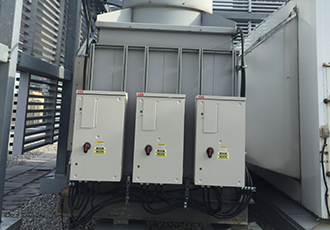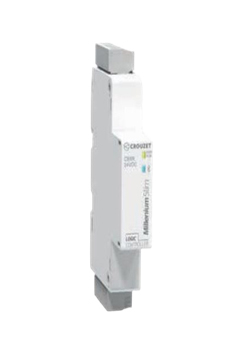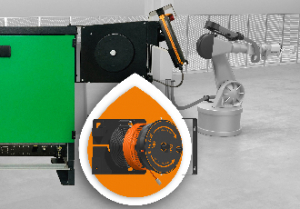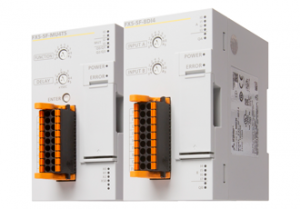Exhaust fan application increases lab building savings

University Health network (UHN) is Canada's largest research hospital which operates four major hospitals and one teaching institute: Toronto Western Hospital, Toronto General Hospital, Princess Margret Cancer Centre, Toronto Rehabilitation Institute and The Michener Institute.
Aircuity was initially installed in the Princess Margaret Cancer Research Tower in the MaRS Discovery District. The platform's DCV control of the labs' supply air saved approximately $800,000. UHN was happy with the savings but at the same time they knew more could be done.
An important compliment to Aircuity’s platform in lab buildings is the exhaust fan application. PMCRT was designed with twelve 40HP fans in groups of three (four triplexes) serving each quadrant of the lab floor plate of the building.
Before the exhaust fan project was implemented the exhaust system was designed to produce a continuous discharge plume with an exit velocity of 3,000 ft/min. Not only was there a lot of clean outside air being blown up through the fans but many times the air coming from the fume hoods was also clean. UHN worked with Aircuity channel partner AirGenuity to implement the exhaust fan application for maximum savings in the building.
New variable frequency drives were installed enabling fan speeds to be ramped down or up according to building needs. Also, a wind tunnel study was done to ensure a safe beginning fan horsepower that prevents the emissions from reaching any of UHN's HVAC rooftop intakes and those of their surrounding neighbours in the tight downtown area.
The study determined that beginning fan HP could be reduced from 480 down to 100HP. When Aircuity detects any contamination in the exhaust plenum, fan speeds are ramped back up to full speed until the air is clean again. This ensures energy savings but also a healthy space for researchers and occupants of surrounding buildings.
At the same time that the exhaust fan application was being installed at PMCRT, University Health Network installed Aircuity to optimise supply and exhaust air in the Krembil Research Tower as well.
Results of the exhuast fan
In order to confirm savings UHN conducted pre-retrofit measurements using the new system and running the VFDs at 100% speed and then compared that to the power used once Aircuity’s exhaust fan application was implemented. UHN then extrapolated those savings to get annual savings of 1,550,000kWh (equivalent to 160 houses in Ontario) and electric peak demand savings of 111.7kW (equivalent to running 1,400 flat screen TVs simultaneously).
This equals a cost savings of $200,000 annually. When coupled with savings from the previous Aircuity lab project in PMCRT, the reduction in utility costs through Aircuity equals approximately $1,000,000 annually.
“Research has to be innovative and that applies to more than bench discovery but to the way we build and manage our research environments. We wanted to create the best research spaces possible but in an environmentally and fiscally responsible manner. We looked for innovative solutions and partnering with AirGenuity/Aircuity was absolutely the right choice," said Ian McDermott, Senior Director, Research Facilities, University Health Network.
Similar articles
More from University Health Network (UHN)
- Exhaust fan application increases lab building savings 12th August 2019












Write a comment
No comments